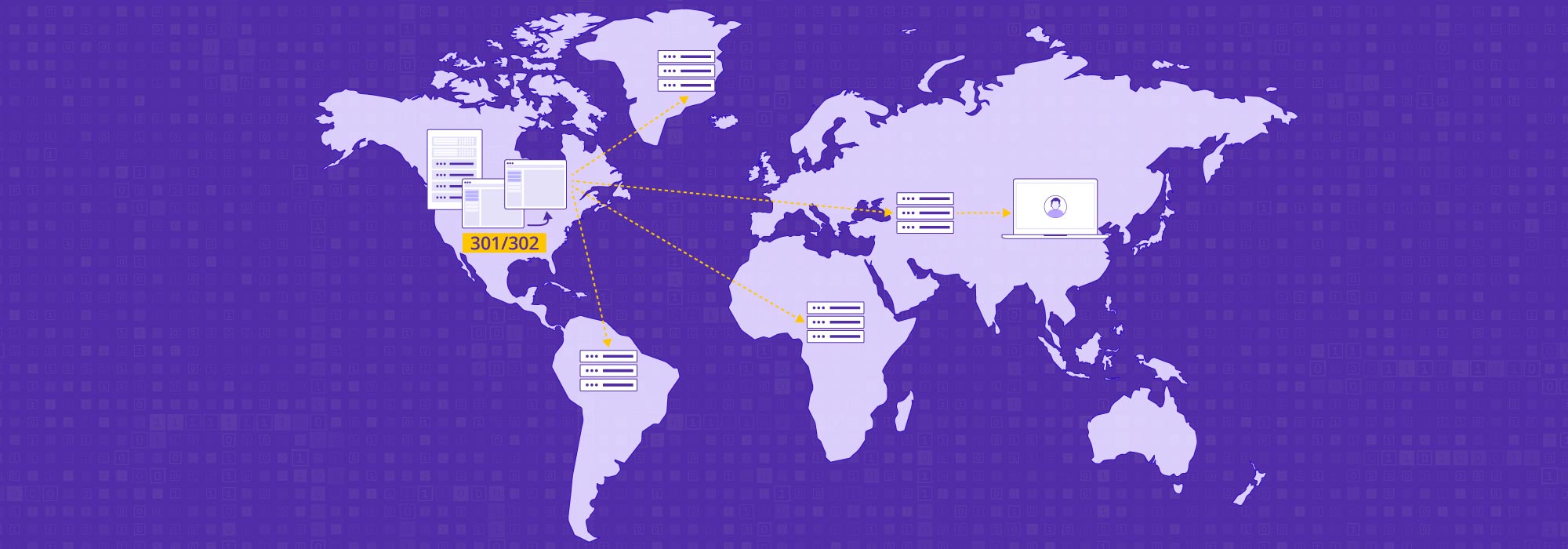Bot attacks have always been on the rise. But with the increase in the number of connected devices and automation capabilities, bot attacks have become more common than ever, making bot detection even more crucial. A 2021 report from LexisNexis Risk Solutions saw a 51% growth in bot attacks in the first half of the year.
This does not bode well for businesses that rely on websites that need to maintain a consistent user experience and performance. Bot attacks can overload websites, skew the performance metrics and lead to more serious cyber threats that cause financial damage to the business. But along with the increase in sophistication of these bot attacks, new techniques are also emerging for websites to detect and mitigate them.
What are Bot Attacks?
Bot attacks are a type of cyber attack that makes use of automated tasks to hinder the normal operations of a website, application or device. Bots can be connected to a network of devices to coordinate and scale the volume of requests in what is known as a botnet attack.
What are the Signs of Bot Traffic?
Not all bot traffic is malicious. Some are essential for automating operations such as those for search engines, web scraping for legitimate reasons and more. But there are some clear signs that can be observed when the bot traffic is suspicious. Website administrators and analysts can either look directly at their network requests or use a tool like Google Analytics to look out for some key anomalies such as the following.
Unusual visit for a single IP address
Any publicly visible website will attract traffic from all over the world. There will of course be some variations in the distribution of the source of the traffic depending on the location of the business, its customers and other factors. But when there is unusually high traffic from a single IP address, that is a signal for examining further to see if the traffic is bot-generated. For example, if your website is in English and don’t expect any relevant traffic to come from an IP address based in Russia, but still have an unusually high volume from a Russia-based IP address, chances are it is all bot traffic.
Anomalous time on page
The amount of time spent on a page of your website or the session duration can also be indicators of bot traffic. Time on page too can vary based on a number of factors but on average they tend to be steady. Look for instances where sessions are in the range of milliseconds or substantially longer than average. Again, the key as always is to look for outliers from the normal distribution. The long time on page or session duration could be due to bots programmed to browse the site at a slow rate and the low time on page could be due to bots rapidly clicking through pages.
Unusually high bounce rates
Bounce rate is a metric somewhat related to the time on page. Bounce rate is defined as the percentage of users who land on a page that leave it without performing another action. But with this metric too, it is a case of looking out for anomalous patterns. If your average bounce rate has been keeping steady at around 70% and suddenly you see a jump to more than 90% without any reasonable explanation, it could be the result of bots being directed to a specific page.
Abnormal spike in page views
Even if your pages are being viewed from locations and IP addresses that make sense to your business, there is reason to be cautious. A sudden spike in page views can be caused by bots trying to overwhelm your servers. This often manifests in the form of a Distributed Denial of Service (DDoS) attack.
Fake conversions
In addition to driving traffic to a website, bots can also be instructed to submit contact for submissions at scale. For example, they can generate a lot of additions to an ecommerce website’s shopping cart without checking out any of the items. Or be asked to boost subscriptions to a newsletter by submitting contact forms in large volumes. These may boost your KPIs at a glance but will mislead your business into thinking they are real conversions.
Look for anomalies in contact form submissions – gibberish details like names, email addresses and phone numbers, or sudden spikes in newsletter subscriptions for no reason. When you send the next edition of your newsletter, these could also show up as bouncebacks. These are all fake or junk conversions that are a result of bot activity.
Why Should You Use Bot Detection?
All the signs of bot traffic covered above are undesirable. To make matters worse, bots are also evolving as detection methods become more sophisticated. Traditionally, businesses have adopted solutions like web application firewalls and perimeter security to deal with bot traffic but even these are becoming insufficient today.
Dedicated bot detection solutions can thwart malicious bots while letting desirable bot activity carry on. They come with features that can quickly analyze, classify and neutralize bot threats to keep the business operations from being disrupted. Here are some ways they do this.
Intercepting Data Breaches
One of the most common ways for which attackers use bots is to breach confidential databases. For example, bots can be designed for brute force, where they breach web accounts by force by exploiting weak passwords or by scraping through all passwords from a dictionary. Once they breach the database, the bots can be used to automate credit card testing, identify stolen credit cards or scrape sensitive content like pricing to gain a competitive advantage. This could result in massive financial losses for businesses. Bot detection can help prevent or reduce such data breaches.
Providing Real-Time Detection & Bot Protection
Very often, bot attacks are detected but only after they have caused damage to the business. Bot detection services can provide real-time monitoring of bot traffic and identification of anomalous patterns, some using AI to learn and improve their detection capabilities on the go. Over time the business will be able to quickly distinguish between good and bad bots in real-time and at an early stage of the bot’s journey so that the damages are prevented or minimized.
Automatically Controlling Malicious Activities
Most bot detection solutions also come with a dashboard, reporting and analytics via dashboards that help admins take action in an agile manner. Alerts can be set up to surface insights on suspicious web activities and even automate activities to be conducted in the event of a bot attack detection. For example, bot detection teams can help in fraud detection by approving certain interactions, blocking them or prompting web admins to ramp up the authentication requirements and responding quickly to threats.
Saving Time and Costs
In almost every serious case of bot attacks, businesses can take a significant financial toll. Aside from misleading your web admin teams in their assessment of website health and traffic, you are also exposing yourself to DDoS attacks and more sinister threats like ransomware which have direct financial consequences. The downtime encountered in the case of DDoS attacks can cost you significant losses. According to Gartner, this amount can range anywhere between $140,000 to $540,000 per hour. When you go with traditional solutions, you also need to factor in the costs incurred in installing and maintaining resources including staff for manual monitoring. All of these can be saved with the usage of bot detection solutions.
Read More: What is a DDoS Attack?
Boosting Business Website Performance
Yet another way in which bot detection helps businesses is in boosting website performance. In the absence of such solutions, bot traffic can compromise or slow down websites, which can in turn slow down conversions and sales. This can be especially fatal for e-commerce businesses competing with others during a timely event, such as a festive day or Singles’ Day shopping sale. Slow websites during such peak hours can lead to customers encountering unsatisfactory experiences and going to competitors’ websites. On the other hand, those businesses which adopt bot detection can be saved from the impact of bot traffic and are able to provide a seamless user experience with good website performance.
Bot Management with CDNetworks
Bot Shield is one such bot detection and management solution developed by CDNetworks, which can help your business distinguish between legitimate traffic and undesirable bot traffic. It is a cloud-based solution that uses machine learning to identify the latest bot features and customized actions to protect against various types of bot threats. Importantly, it uses the distributed Points-of-Presence (PoPs) from CDNetworks, browser detection and human behavior sensors to monitor sessions to filter out suspicious traffic. See how it can help your business mitigate bot attacks in a free trial today.

